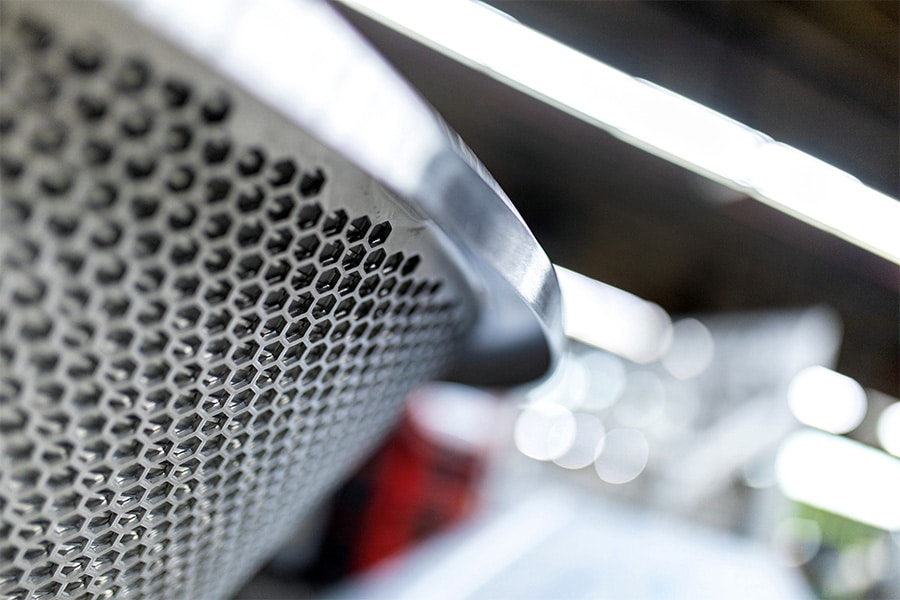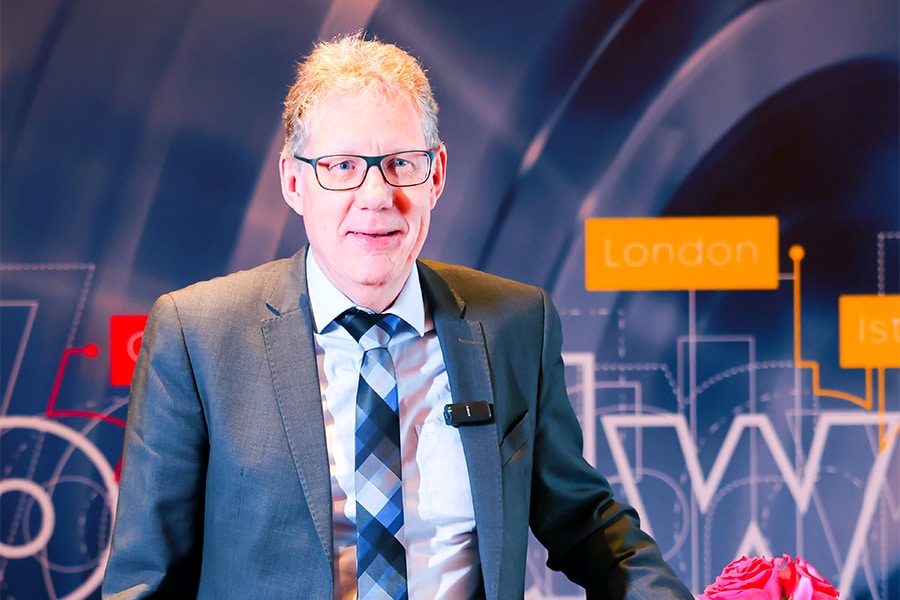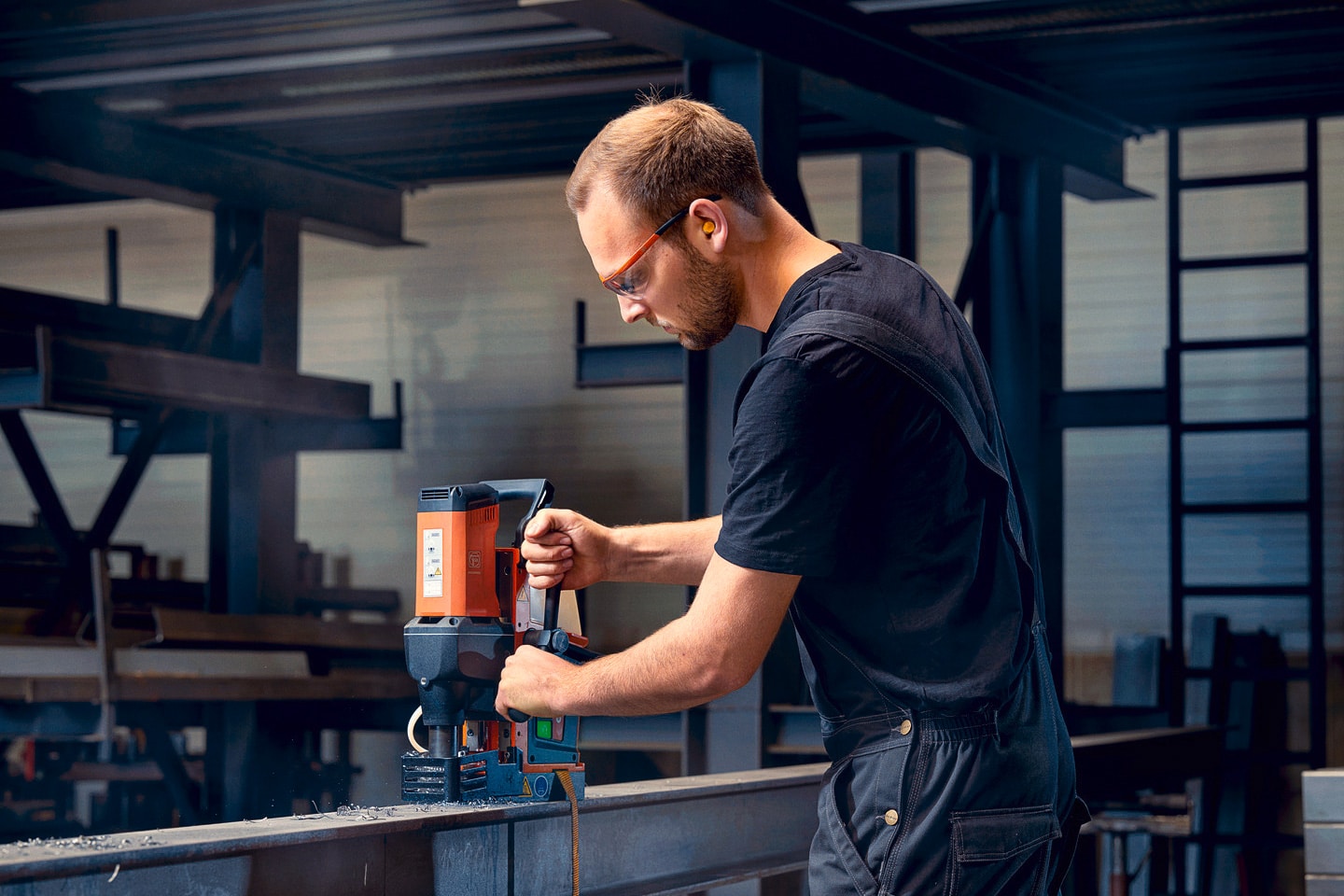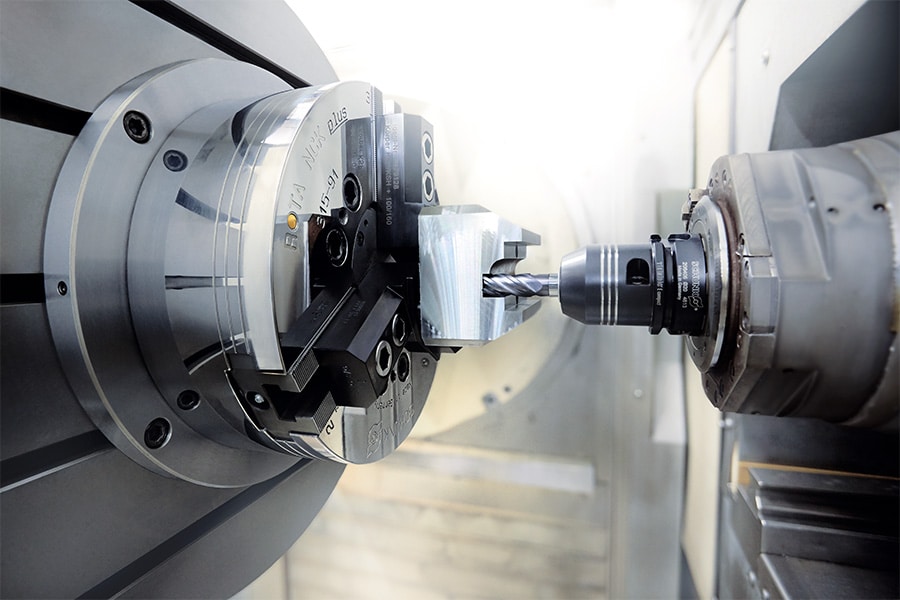
Perfect finishing thanks to automated surface finishing
The result: perfect surfaces in less time and at lower costs. To offer new possibilities, SCHUNK has expanded its product range to include tools for robot-assisted surface finishing. In addition, the company has also entered into a partnership with 3M to optimally support customers in automating their grinding, polishing and brushing processes.
Grinding, deburring, polishing When it comes to challenging tasks such as removing materials or finishing workpieces, many companies rely on manual operations. However, this is expensive in series production and does not always provide the desired precision and reproducibility. Robot-assisted processes, on the other hand, guarantee consistent quality, unmanned, around the clock. Automation specialist SCHUNK supports customers in application validation through tests in the SCHUNK CoLab and by supplying the right components. With the SCHUNK portfolio for machining with robots, customers will in the future be able to almost completely replace their manual grinding, polishing and deburring processes with automated production. SCHUNK's new machining tools are specifically designed for automated applications.

AOV orbital sander
The AOV orbital sander is the "specialist" in grinding and polishing workpiece surfaces. The pneumatic unit is driven by a paddle motor and reaches a maximum speed of 10,000 rpm. The axial bearing of the motor provides flexibility so that constant compressive forces act on the workpiece surface. Even if the surfaces were initially uneven, perfect polishing and grinding results can thus be achieved. Via two air connections, the pressure force can be controlled separately in two directions (when extending and retracting) and varied as required (range: 6.7 N to 67 N). This ensures that the AOV performs operations with a constant pressure force, even in overhead applications. The orbital sander can optionally be equipped with backing pads of different diameters (125 mm or 5″ or 150 mm or 6″). Optionally, the sander can be equipped with a connection for extracting the removed material.
MFT-R polishing spindle
For users who need a particularly flexible and robust polishing spindle, the MFT-R is the ideal solution. The spindle is equipped with a pneumatic paddle motor, with a maximum rotational speed of up to 5,600 revolutions per minute. The robust motor runs for only a short time, thus reducing processing time. Thanks to the cardanic system, the compensation force and radial compliance of the tool are individually adjustable. The user can use the optimum value for each workpiece for high-quality and reproducible results in any installation position. Workpiece tolerances can be compensated and the robot's trajectory programming becomes much easier. The optional axis attachment allows quick and easy switching between pendulum compensation and radial compensation. Different workpiece geometries can thus be flexibly machined with only one tool. The MFT-R is available as a stationary unit or can be flexibly mounted (axially or radially) on the robot. SCHUNK offers prefabricated adapter plates for this purpose, saving valuable time.

PCFC compensation unit
The PCFC unit completes SCHUNK's range of products. If a workpiece is to be machined with a predetermined force, the compensation unit provides valuable services. The PCFC ensures that a consistent conformal force is applied in every position. This is made possible through the use of a position sensor. This compensates the weight force together with the customer-supplied pressure control valves. The PCFC can be combined with various tools and is therefore suitable for numerous application purposes.
Collaboration opens new possibilities
Robot-assisted grinding is a demanding task that requires vast knowledge of techniques, processes and materials. To ensure that users find the optimal solution for their task, SCHUNK and 3M have joined forces. Together, they support companies to optimally automate their grinding, polishing and brushing processes. While SCHUNK supplies the right components for the robot and supports the technical implementation of the automation application, 3M determines the right grinding material and the optimal process parameters. For this purpose, quick and easy feasibility studies on different components can be carried out in the SCHUNK CoLab, and in 3M's own robotic laboratory there is the possibility to further optimize the grinding process to achieve optimally matched surface results. This means customers get the best of both worlds and can realize the optimal, customized automation solution for their application.



